The Soaring Airfare Prices In India Have Left Passengers Distressed; What Is Contributing To The Exponential Surge in Airfares in India?
A notable surge in airfare is being witnessed in the aviation industry in India.. While passengers are grappling with rising costs, simultaneously, the airlines are trying to strike a delicate balance between profitability and customer satisfaction. The rise in airfares in India has had a significant impact on both companies in the aviation industry and passengers; however, understanding the surge in costs requires analyzing the complex perspectives of these two key stakeholders.

What Is Contributing To The Surge in Airfares in India?
Air travel in India has experienced a significant surge in fares, leaving passengers concerned about affordability and seeking answers regarding the reasons behind this increase.
The current surge in airfares has presented a complex situation for both companies in the aviation industry and passengers; while airlines view the increase in fares as essential for their financial stability, passengers, on the other hand, are finding it increasingly challenging to afford air travel.
Thus, balancing the interests of both parties requires careful consideration of operational costs, market dynamics, and regulatory interventions. Therefore, finding a sustainable solution that ensures affordable airfares while supporting airlines’ financial health remains a critical challenge in the current aviation landscape!
India has recorded the highest surge in airfares among other countries in Asia Pacific and Middle East, which is seen as a ‘threat’ to the civil aviation industry’s long-term recovery. According to the Airports Council International (ACI Asia-Pacific), there has been a 41% hike in the airfare in India, followed by United Arab Emirates (34%), Singapore (30%) and Australia (23%).
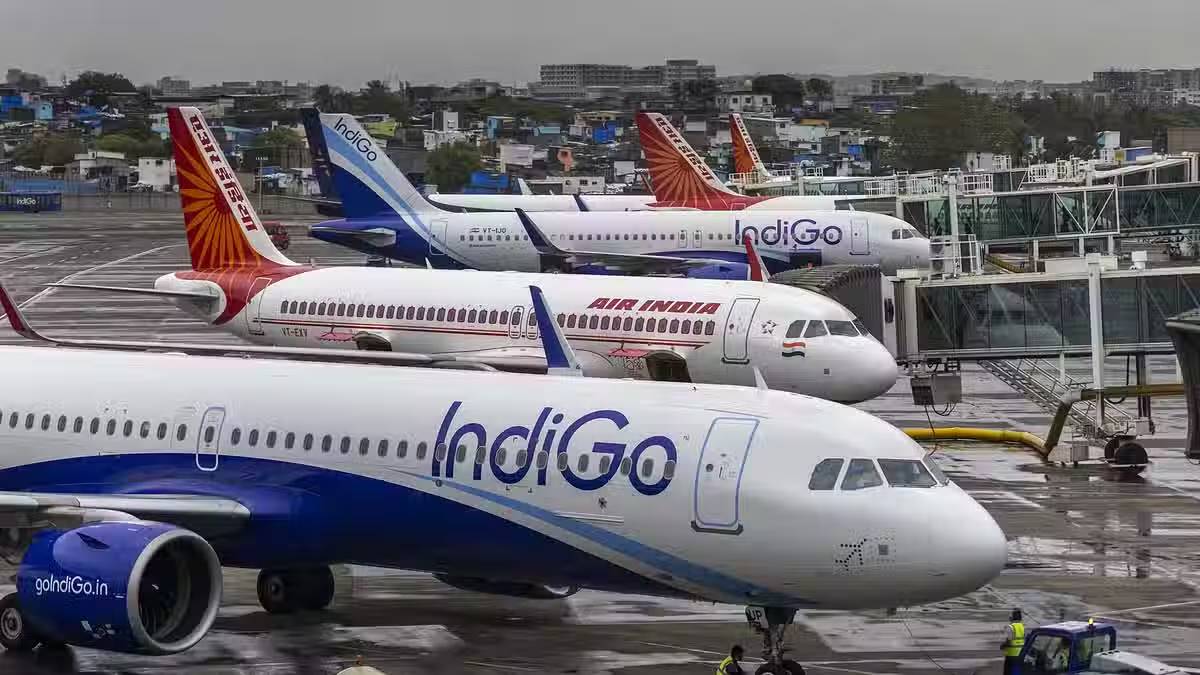
Aviation Industry
From the companies’ perspective, the airfares surge has provided a much-needed boost to their revenue. With persistent high demand for air travel and limited seat availability, the airlines have been able to raise ticket prices to maximize their profits.
Also, factors such as increased operational costs, including salaries and aircraft maintenance, have contributed to the need for higher fares to sustain the airlines’ financial health.
Therefore, for companies in the aviation industry, the surge in airfares has been a welcome development as they seek to recover from the financial losses incurred during the Covid-19 pandemic as higher fares provide an opportunity for airlines to stabilize their operations and improve profitability.
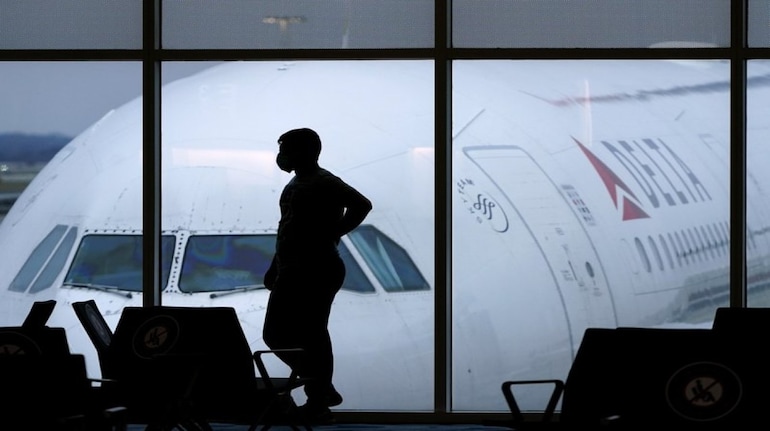
Passengers
However, for passengers, the surge in airfares has resulted in rising concerns over affordability. Many individuals are finding it increasingly challenging to afford air travel due to the significant increase in ticket prices.
This has led to growing dissatisfaction among passengers who believe that airlines are taking advantage of the surge in demand to charge exorbitant fares. As a result, passengers are looking for alternatives or may even delay or reconsider their travel plans due to the high cost of airfare. This impacts not only individuals but also the overall travel industry, as it relies on passenger demand to sustain growth.
The increasing argument from the passenger’s side is that the surge in airfares is unfair and that companies should consider the impact on their customers. They expect airlines to provide affordable options and ensure that air travel remains accessible to a wide range of people.
The high fares have sparked debates on the need for regulatory intervention to prevent airlines from artificially inflating prices and engaging in cartel-like behaviour. Some passengers have called for government authorities to monitor fare increases closely and intervene to protect consumers’ interests.
While companies in the aviation industry acknowledge passenger concerns but highlight the various factors that contribute to the surge in airfares, they emphasize the need to consider operational costs, fleet availability, and market dynamics in determining ticket prices.
Airlines argue that the surge in airfares is a reflection of the demand-supply equation and the overall economic factors impacting the industry and contend that higher fares are necessary to ensure the financial viability of airlines, maintain service quality, and invest in future growth.
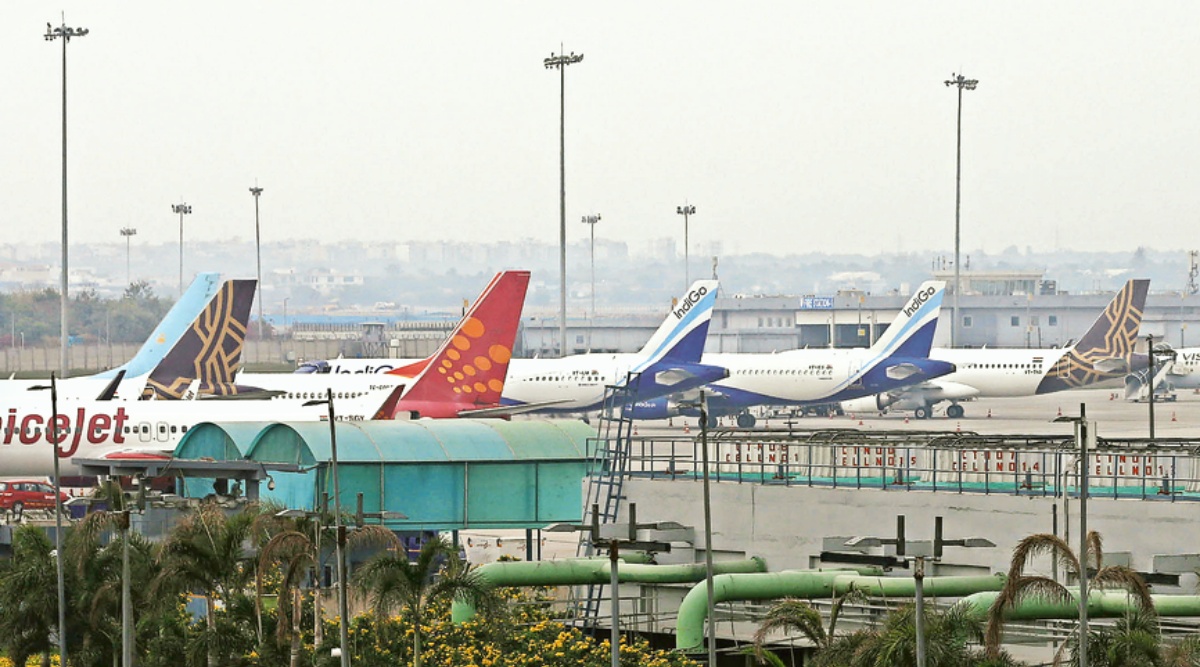
Factors Driving the Surge in Airfares
The surge in airfares can be attributed to a combination of factors
a) Demand-Supply Dynamics
The demand for air travel has increased steadily, outpacing the available supply of seats. As a result, airlines have the leverage to raise fares in response to high demand.
The increase in airfares can be attributed to a demand-supply dynamic, as explained by Sabina Chopra, COO of Yatra. She points out that flights to popular tourist destinations like Goa were in high demand even during the peak summer season.
Saujanya Shrivastava, COO of Flights, Holidays & Gulf Cooperation Council at MakeMyTrip, adds that various factors beyond demand and supply affect airfare pricing, including fleet availability, crude oil prices, and operational costs.
b) Operational Costs
The aviation industry has faced rising operational costs have significantly risen, with restored salaries, higher leasing or purchasing costs of aircraft, and increased metal costs.
Combined with the temporary shortage of planes due to grounding and capacity restrictions, these factors have directly influenced the prevailing high airfares. Dynamic pricing has become the norm in the airline industry, where fares are adjusted based on supply, demand, and external factors.
Also, certain destinations, constrained by factors like terrain and operating hours, command higher fares due to operational limitations. However, internationally, fares have remained stable due to competitive pricing and lower operational costs.
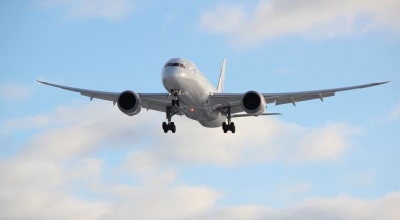
c) External Events and Constraints
Factors like fluctuations in crude oil prices, fleet availability, and capacity restrictions imposed by operational constraints or regulatory bodies can influence airfares.
While the number of Indians travelling by air has increased, many passengers are unhappy with the high fares.
Arun Kumar Singh, CEO of IndiaOne Air, disputes the allegation that airlines are intentionally suppressing capacity to charge higher fares. Singh explains that technical issues and a temporary shortage of planes contribute to the current situation.
Moreover, the Indian aviation industry has faced cumulative losses, except for a single profitable year, which has led to calls for government intervention and relief from high taxes on aviation turbine fuel.
Impacts on Passengers and the Aviation Industry
The surge in airfares has significant implications for both travellers and the aviation industry.
a) Passenger Discontent – Passengers are increasingly dissatisfied with high airfares, perceiving airlines to take advantage of the surge in demand. The affordability of air travel is compromised, making it inaccessible for many individuals.
b) Industry Challenges – Domestic full-service carriers and low-cost carriers (LCCs) have faced cumulative losses, except for a few profitable years. These financial challenges hinder the ability of airlines to offer competitive fares while maintaining their operations.
Government Interventions and Initiatives
The government has taken steps to address the surge in airfares-
a) Fare Caps and Monitoring – The government had previously imposed fare caps during the Covid-19 pandemic to prevent airlines from overcharging. Recent interventions involve monitoring fare hikes and encouraging airlines to self-regulate pricing.
b) Capacity Expansion – Permissions have been granted to deploy additional flights on specific routes to alleviate the seat shortage. The government aims to enhance connectivity and mitigate fare hikes through increased capacity.
The government has granted permissions for additional flights on specific routes to address the seat shortage. Union Minister Jyotiraditya Scindia acknowledges the capacity squeeze caused by the grounding of Go First and emphasizes the need for self-monitoring by airlines to prevent predatory pricing.
While fares have been reduced on specific routes, concerns remain regarding airlines not operating the approved number of flights, leading to an imbalance between supply and demand.
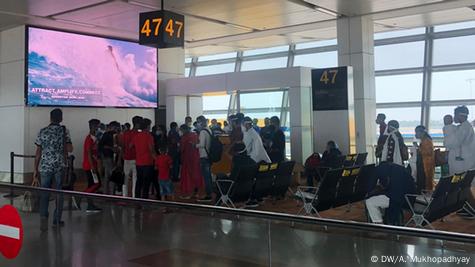
Seeking Solutions
To address the issue of high airfares, various stakeholders must consider potential strategies –
a) Rationalization of Costs – Airlines should focus on implementing robust cost control measures, such as optimizing fuel consumption, negotiating better maintenance contracts, and exploring avenues for operational efficiency.
b) Government Support – The government can play a crucial role by rationalizing high taxes on aviation turbine fuel, providing financial relief to airlines, and fostering a favourable regulatory environment that encourages competition and affordability.
The recent correction in fares may be temporary due to the lean monsoon season, grounded planes, and the upcoming festive season. Suggestions for the way forward include recognizing reduced capacity as a reason for fare increases and implementing cost controls within airlines. However, Jyoti Mayal, President of the Travel Agents Association of India (TAAI), believes high airfares are likely to persist due to sustained demand. The high fares have led some in the travel industry to call for the Competition Commission of India’s (CCI) intervention.
c) Enhancing Alternative Transportation – Investments in improving highway networks, expanding railway infrastructure, and launching semi-high-speed trains can provide viable alternatives to air travel, easing the pressure on airline capacity and potentially reducing airfares.
Introducing the Vande Bharat Express and Akasa Air flights on specific routes has substantially reduced airfares in some sectors, and the availability of more transportation options can enhance connectivity and address the existing demand gap.
The Last Bit, The surge in airfares in India can be attributed to a combination of factors, including demand-supply dynamics, operational costs, external events, and a temporary shortage of planes. While recent government interventions have brought some relief, high airfares may persist due to sustained demand. To ensure affordability and a balanced market, it is crucial for stakeholders to monitor and address capacity constraints, rationalize costs, and provide adequate alternatives for travellers.




